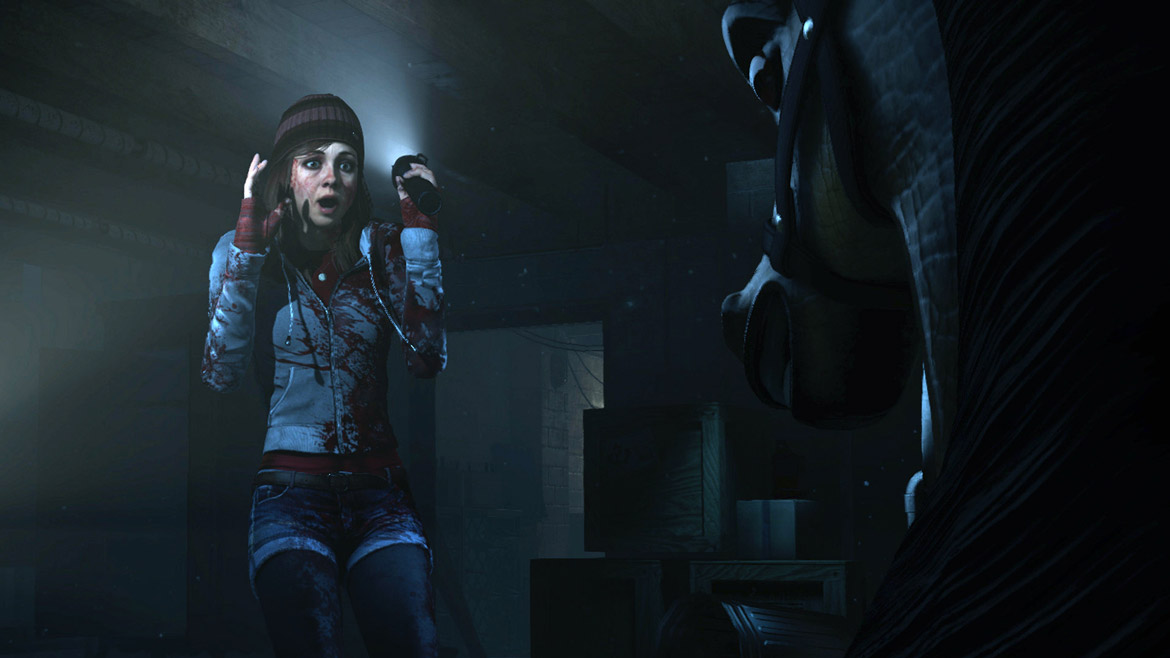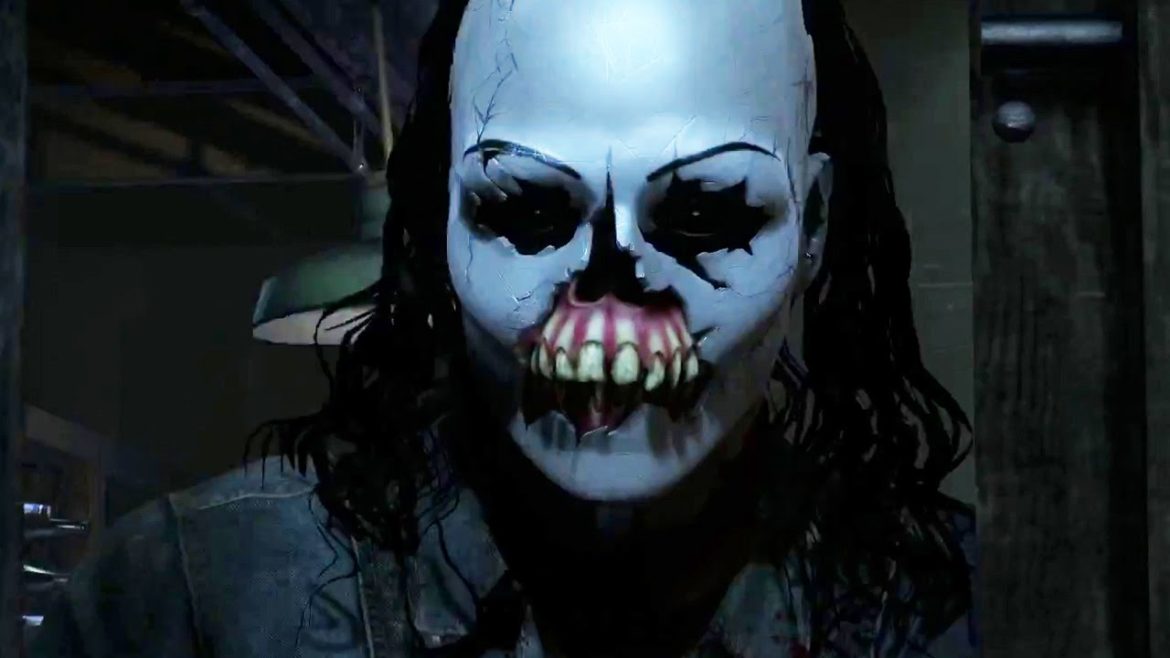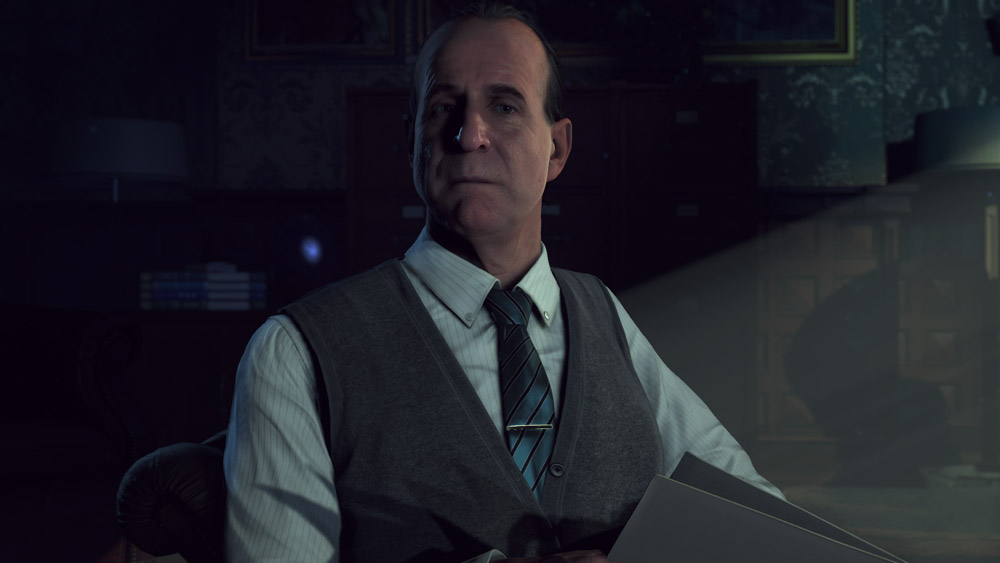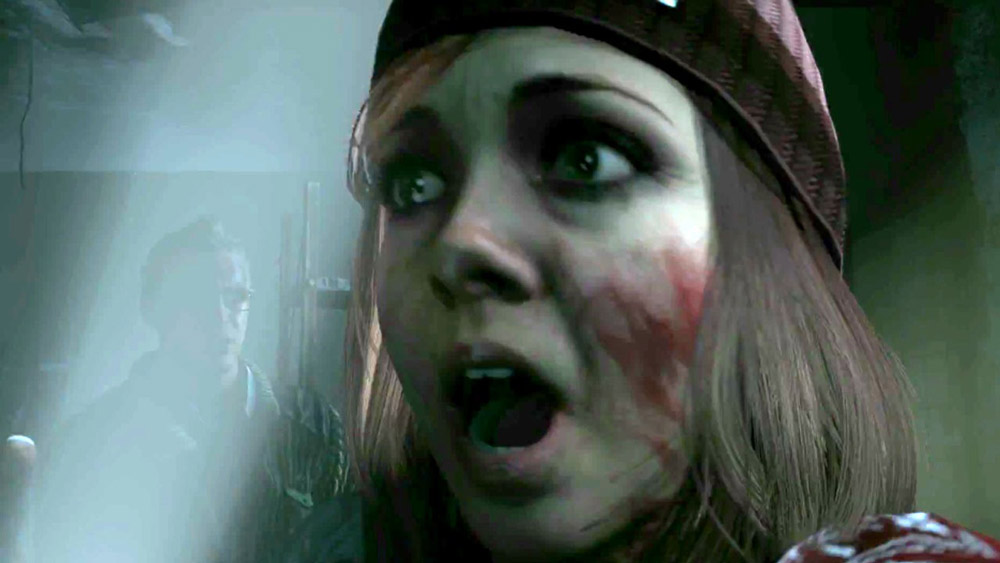TL;DR
Until Dawn plunges you into a classic slasher horror flick, but with your choices dictating who lives and dies. Featuring impressive graphics, motion-captured Hollywood actors, and a narrative packed with genre clichés, the game excels at delivering jump scares and tense moments. Its core strength, however, lies in its "butterfly effect" system where every decision has lasting consequences, encouraging replayability. While it brilliantly emulates interactive drama, the characters can feel a bit superficial, and some dialogue sequences might drag. If you love slasher films, this is a technically polished, choice-driven thrill ride. Want to know if it's worth the terror? Read our full review.
Supermassive Games delivers an interactive horror experience with Until Dawn, exclusively for Sony’s PS4. Ironically, the game’s strength – its faithful adherence to genre conventions – also presents a challenge.
The slasher horror genre is a cinematic tradition with a dedicated following and a somewhat absolute “take-it-or-leave-it” premise. Countless cult films, from the modern slasher’s progenitor, Motorsågsmassakern, to modern homages like Cabin in The Woods and the Swedish cult classic Camp Slaughter, adhere to a Template 1A concept. A dark forest – check. Isolated, hormone-driven teenagers seeking recreational substances, intimate encounters, and solitary nocturnal wanderings – check. A mysterious assailant wielding a sharp weapon – check. This has even led to postmodern self-awareness within the genre, exemplified by the late Wes Craven’s seminal work, Scream. The inherent challenge lies in the genre’s reliance on suspending disbelief and accepting predictable tropes; without this willingness, the experience, from a purely cinematic and narrative perspective, can be diminished.
Supermassive Games attempts to circumvent this with Until Dawn, a game that can be accurately described as a technically proficient, interactive horror film. It features motion capture of recognizable Hollywood actors (including the eccentric Peter Stormare and Rami Malek, renowned for his role in the TV series Mr. Robot), a script that embraces nearly every cliché in the genre, and an abundance of “jump-scares” (enhanced by the Playstation Eye camera’s ability to capture player reactions). The narrative centers on eight young adults (or individuals approximating their twenties) who convene at a remote cabin during winter break for revelry, romantic pursuits, and playful pranks. Following a prank gone horribly wrong, the first casualty occurs. This introduces Until Dawn‘s defining characteristic: consequential choices. Player decisions directly impact the game’s trajectory, with lasting ramifications. Furthermore, players receive “premonitions” via Native American totems, offering glimpses into potential future events. Are these genuine premonitions, or self-fulfilling prophecies? The answer necessitates multiple playthroughs and experimentation.
On the positive side, the game boasts impressive graphics, accurately recreating the likenesses of its actors. The performances are appropriately calibrated for the genre (even Stormare’s characteristic overacting is fitting as the unsettling psychologist). The sound design evokes classic horror films, employing jarring pianos, strings, and sudden shifts in volume and dissonances to amplify suspense. Despite anticipating and bracing for scares, the game delivers several genuinely surprising and creative moments, even for seasoned slasher aficionados. The developers clearly drew inspiration from Quantic Dream’s game design, particularly titles like Heavy Rain and Beyond: Two Souls, as the game mechanics share similar features: fixed camera angles, limited character mobility, extensive dialogue sequences for narrative development and exposition, and frequent QTE (Quick Time Event) sequences.
However, while the developers emulated Quantic Dream’s framework, they didn’t fully capture their strengths in narrative depth and storytelling. While David Cage’s games captivate, terrify, surprise, and resonate emotionally, Until Dawn occasionally feels superficially derivative. While the genre inherently necessitates characters who are somewhat unintelligent, impulsive, and reckless, this can hinder player investment and emotional connection when characters are underdeveloped and occasionally exhibit sociopathic tendencies. Characters are described as “caring, intelligent,” and “complex,” yet rarely embody these traits. Instead, the game progresses through predictable storylines involving jealousy, timid characters, romantic rivalries, and questionable decision-making. Furthermore, extended dialogue sequences can disrupt the pacing, becoming tedious and prompting impatience for resuming control. This limitation is inherent in the design, but it becomes more pronounced when players struggle to connect with characters who feel more like archetypes than fully realized individuals.
The game design favors high stakes, making it relatively easy to lose characters. Players may inadvertently stumble into traps despite attempts to avoid them. This incentivizes multiple playthroughs to explore alternative narrative paths and improve character survival rates. However, the game’s duration, approximately eight to nine hours, feels slightly excessive, even with increasing suspense and the discovery of clues regarding the antagonist and underlying events.
The game’s success in creating an interactive horror experience is somewhat ironic, as many of its shortcomings are intrinsic to the genre: predictable plot, superficial characters, reliance on jump scares, and implausible scenarios (such as venturing into the woods at night without a mobile phone or reception). However, these elements are defining characteristics of the genre, which enjoys a substantial fanbase and a 40-year history in film. Player enjoyment will correlate directly with their affinity for slasher films. At its price point, Until Dawn may seem expensive for an interactive horror experience. However, the game’s technical proficiency and replay value offer genre enthusiasts many hours of entertainment. Internally, opinions were divided: some found the extended, less engaging sequences tedious, while others were eager to continue playing and maximize character survival. A game that elicits diverse reactions is often a sign of quality, even if it doesn’t appeal to all tastes.





